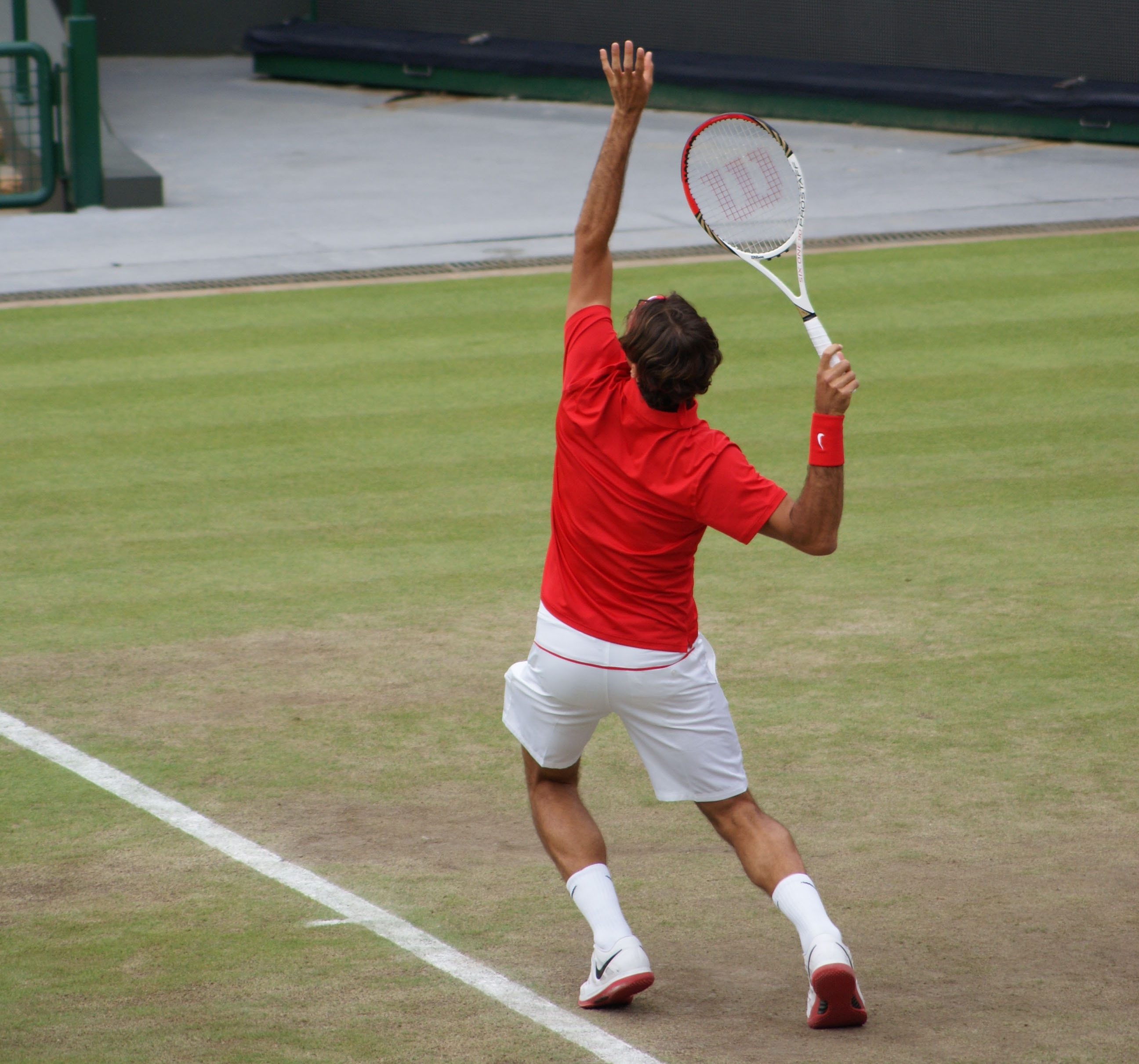What is Hawk-Eye?
Hawk-eye is the name of a line-calling system which traces a ball’s trajectory and sends it to a virtual-reality machine. In addition to tennis, it is also used in other sports such as cricket, soccer, badminton and snooker.
Who owns Hawk-Eye?
Hawk-eye system is owned by Sony. It was originally developed in the UK by Pawl Hawkins. It was launched in 2001. Miami Open was the first official tennis tournament to use Hawk-eye. Today, Hawk-eye is used in almost all the tournaments. In addition to the show courts, outer courts also have Hawk-eye at many tournaments.
How does Hawk-Eye work?
Hawk-Eye uses six to ten cameras situated around the court. The cameras capture 60 high-resolution images per section. At least five cameras cover every bounce of the ball. A centralized computer reads in the video in real time, and tracks the path of the tennis ball on each camera. These six separate views are then combined together to produce an accurate 3D representation of the path of the ball.
How accurate is Hawk-Eye?
The Hawk-Eye system has a 2.2mm margin of error. Some research studies have claimed that it can be off by as much as 10mm. That’s because the ball can move too quickly to be properly captured on camera as all cameras have a finite frame-speed.
Why is Hawk-Eye not used at the French Open?
First, there are marks on clay that an umpire could use to make a decision. It’s not always easy. Umpires have used the wrong ball mark in big matches.
Hawk-Eye has a margin for error, and a mark, at least theoretically, doesn’t. Using Hawk-eye on clay may result in situations where the mark and Hawk-Eye results don’t align and it could undermine trust in the replay system on other surfaces.
